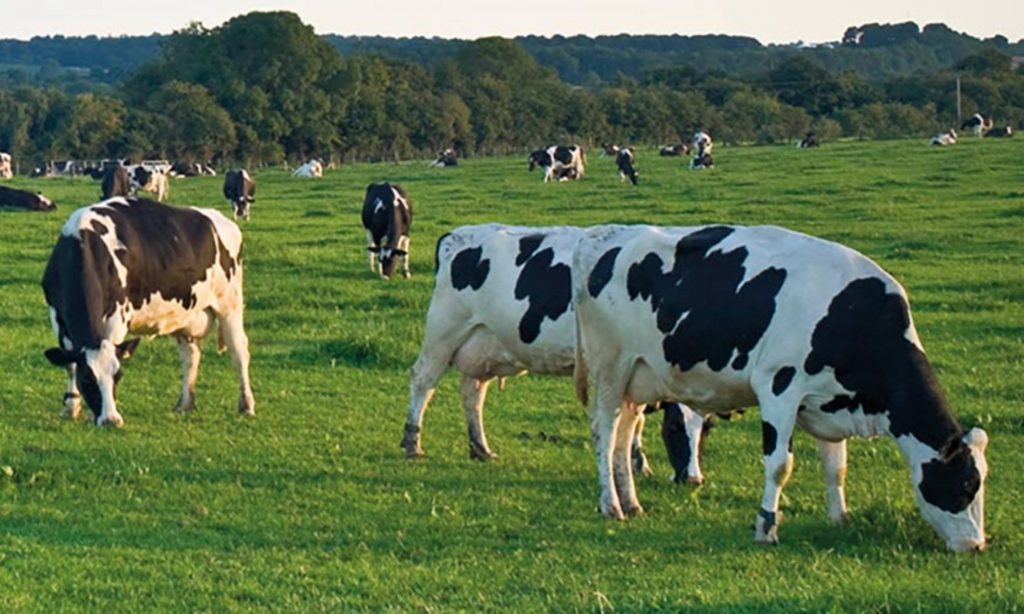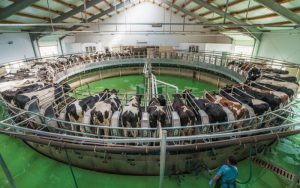
There are fewer dairy cattle, sheep and deer in New Zealand’s paddocks, according to the final results of the five-yearly Agricultural Production Census 2022 that the statistics department Stats NZ released on Monday.
The 2022 survey of farming production and practices reveals small decreases in the national dairy herd and sheep flock, with dairy cattle numbers down 1 percent from the previous year, Stats NZ said.
The total number of dairy cattle was 6.1 million in June 2022, reports Xinhua news agency.
This is 8 per cent lower than in 2014 when the total dairy cattle herd peaked at 6.7 million, Stats NZ’s general manager of economic and environment insights Jason Attewell said.
The national sheep flock tallied 25.3 million in June 2022.
This was a drop of 400,000 sheep compared with the previous year, representing a 2 per cent decrease, Attewell said, adding that despite total sheep numbers continuing to fall, there were 22 million lambs tallied in the 2021-2022 year, still a substantial number.
“The ratio of sheep to people dropped below five to one in 2022, for the first time since the 1850s, when national sheep numbers were first recorded,” he said, adding that in 1982 New Zealand sheep numbers sat at 22 per person.
“Australia currently has three times as many sheep as New Zealand, though their ratio is only around three sheep to every Aussie,” Attewell said.
The number of beef cattle has stabilized at around 3.9 million.
Beef cattle numbers, which peaked at 6.3 million in the 1970s, totaled 3.5 million in 2016, a historic low, he said.
The Agricultural Production Census 2022 provides a detailed snapshot of the country’s production and practices.
The collection of data from farms, orchards, and forests across New Zealand gives a clearer picture of the country’s largest export sector, primary production, Attewell added.



















